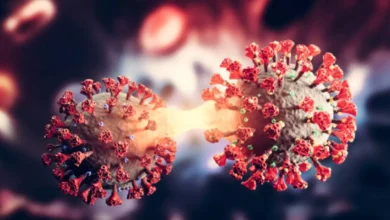 |
| Planet Mars |
The HERA Habitat: A Home Away From Home (…ish)
The HERA habitat itself is a marvel of human ingenuity. This 650-square-foot, three-story structure is designed to mimic the confined quarters and isolation astronauts might experience on deep space missions. Imagine a cross between a futuristic apartment and a science lab, complete with living areas, sleeping quarters, a dedicated galley for food preparation, and even a laboratory for conducting research. The HERA habitat provides a controlled environment where researchers can study the psychological and physiological effects of long-duration spaceflight on human crew members.
The HERA Crew: Guardians of the Simulated Red Planet
For this upcoming mission, NASA meticulously selected a team of four individuals specifically chosen for their resilience, adaptability, and scientific aptitude. These brave souls will be the guinea pigs, sacrificing their social connections and everyday comforts for the sake of scientific advancement. While their identities haven’t been publicly revealed yet, we can expect them to be a diverse mix of backgrounds and skillsets, potentially including scientists, engineers, and medical professionals.
 |
| NASA’s Human Exploration Research Analog – HERA module |
The Experiment: A Deep Dive into Human Performance
The 45-day HERA mission is designed to gather invaluable data on a multitude of factors affecting human performance in isolated environments. Here are some key areas of focus:
- Behavioral health: Researchers will monitor the crew’s mental well-being, tracking changes in mood, stress levels, and team dynamics.
- Cognitive performance: Studies will assess the impact of isolation on decision-making, problem-solving abilities, and memory function.
- Physiological adaptations: The crew’s physical health will be closely monitored, focusing on the effects of confinement on muscle mass, bone density, and sleep patterns.
- Communication and autonomy: Researchers will observe how the crew interacts with mission control and manages tasks independently within the habitat.
Pushing the Boundaries for Future Space Exploration
The findings from this HERA mission will be instrumental in shaping future space exploration endeavors. The data will inform mission planning for crewed journeys to Mars and beyond, helping to develop strategies for crew selection, training, and psychological support.
Following the Mission: Stay Tuned for Updates
Here at Cosmic Curiosity, we’re thrilled to follow the progress of the upcoming HERA mission. In the coming weeks, we’ll be keeping a close eye on all developments and providing you with the latest updates, interviews with HERA experts, and even potential glimpses into the crew’s daily lives within the habitat (if mission protocols allow!).
So, buckle up and get ready for a fascinating journey into the unknown! This HERA mission is a giant leap forward in our quest to understand the human experience in the vast expanse of space.



